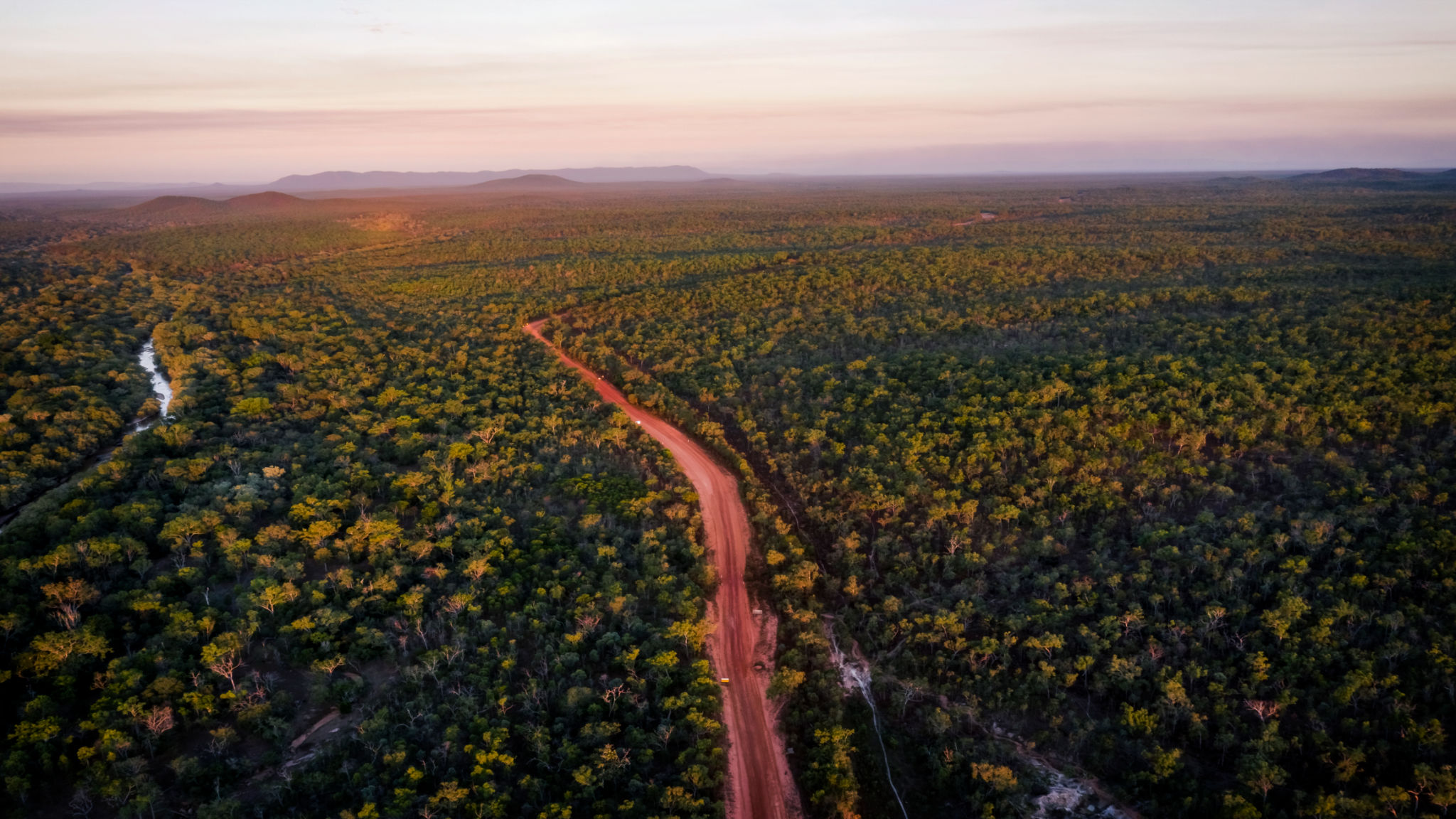How Queensland's Unique Environment Shapes Biosecurity Services
Understanding Queensland's Unique Environment
Queensland, known for its breathtaking landscapes and diverse ecosystems, presents a unique set of challenges and opportunities for biosecurity services. The state's environment spans from tropical rainforests and arid deserts to extensive coastlines and vibrant wetlands. Each of these distinct regions requires tailored biosecurity measures to protect native species and agricultural interests.
The rich biodiversity in Queensland is both a treasure and a responsibility. It necessitates rigorous biosecurity protocols to prevent the introduction and spread of invasive species that could disrupt local ecosystems. This careful balancing act is crucial not only for environmental preservation but also for maintaining the state's economic stability, especially in agriculture and tourism.

Impact of Climate on Biosecurity
The climate in Queensland varies significantly from the humid tropics in the north to the dry interior regions. This climatic diversity affects how biosecurity threats are managed. For instance, the tropical conditions in the north create an ideal breeding ground for pests and diseases that are not prevalent in the cooler southern areas.
Biosecurity services must adapt their strategies to these varying climatic conditions. In tropical regions, rapid response measures are often required to manage outbreaks, while in arid areas, monitoring and prevention are key. Understanding these differences allows for more effective management and resource allocation.

The Role of Technology in Biosecurity
Technology plays a pivotal role in enhancing biosecurity services across Queensland's varied landscapes. From drones monitoring remote areas to advanced data analytics predicting pest outbreaks, technological innovations are at the forefront of modern biosecurity efforts.
These technologies enable more precise and efficient responses, minimizing the impact of potential threats on the environment and economy. Additionally, mobile applications help farmers and landowners report issues quickly, facilitating faster intervention by biosecurity authorities.

Community Involvement and Education
Community involvement is crucial for effective biosecurity management. Local residents, farmers, and businesses are often the first line of defense against biosecurity threats. Educating these groups about the importance of biosecurity and how they can contribute is essential.
Biosecurity services in Queensland conduct regular workshops and information sessions to raise awareness and encourage proactive participation. By fostering a sense of responsibility among residents, the likelihood of preventing and quickly addressing threats increases significantly.

Collaborative Efforts for Sustainable Solutions
Effective biosecurity requires collaboration between government agencies, research institutions, industries, and communities. In Queensland, these partnerships are integral to developing sustainable solutions that protect both the environment and the economy.
Joint efforts often result in innovative approaches to pest management, disease control, and environmental protection. By working together, stakeholders can share resources, knowledge, and expertise, leading to more comprehensive biosecurity strategies.

The Future of Biosecurity in Queensland
As environmental challenges continue to evolve, so too must biosecurity measures. With climate change altering ecosystems and increasing urbanization encroaching on natural habitats, new threats are likely to emerge. Biosecurity services will need to remain vigilant and adaptable to address these changes effectively.
Investing in research and development is crucial for staying ahead of potential threats. By embracing innovative technologies and fostering strong community partnerships, Queensland can continue to protect its unique environment while promoting sustainable economic growth.